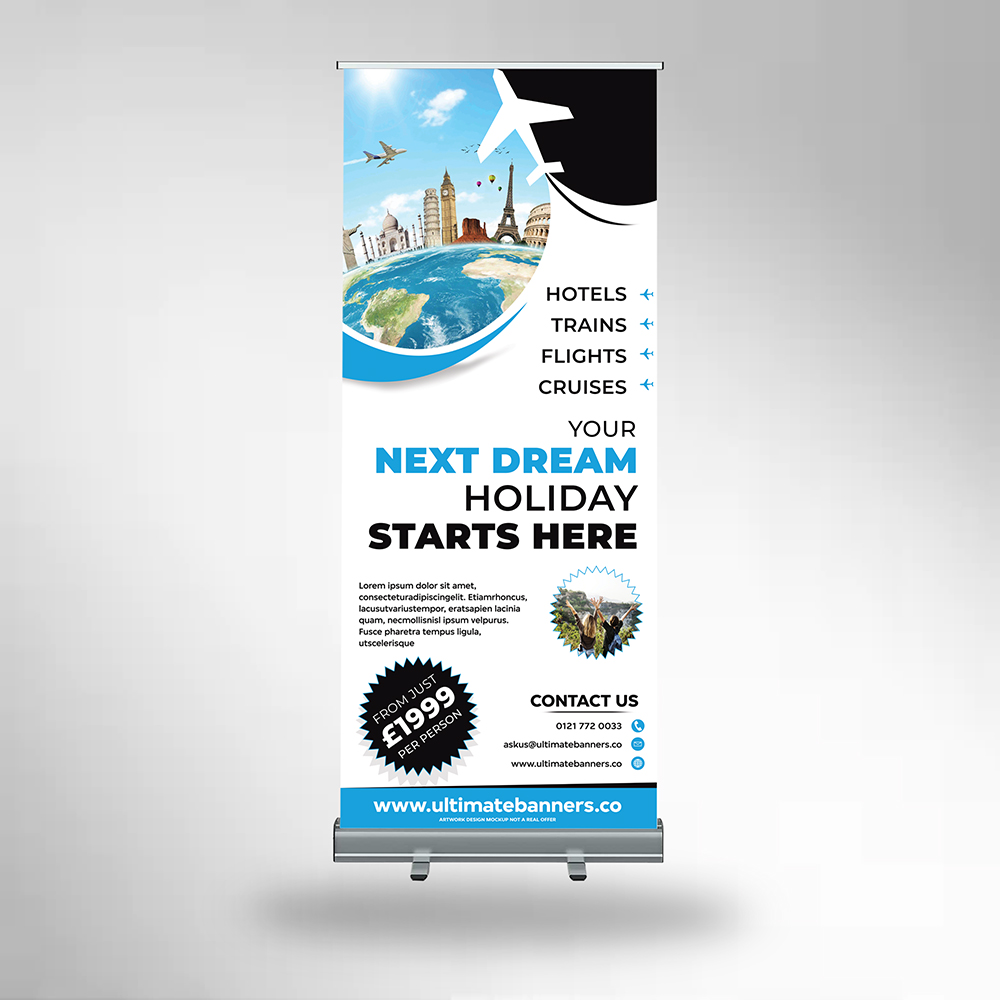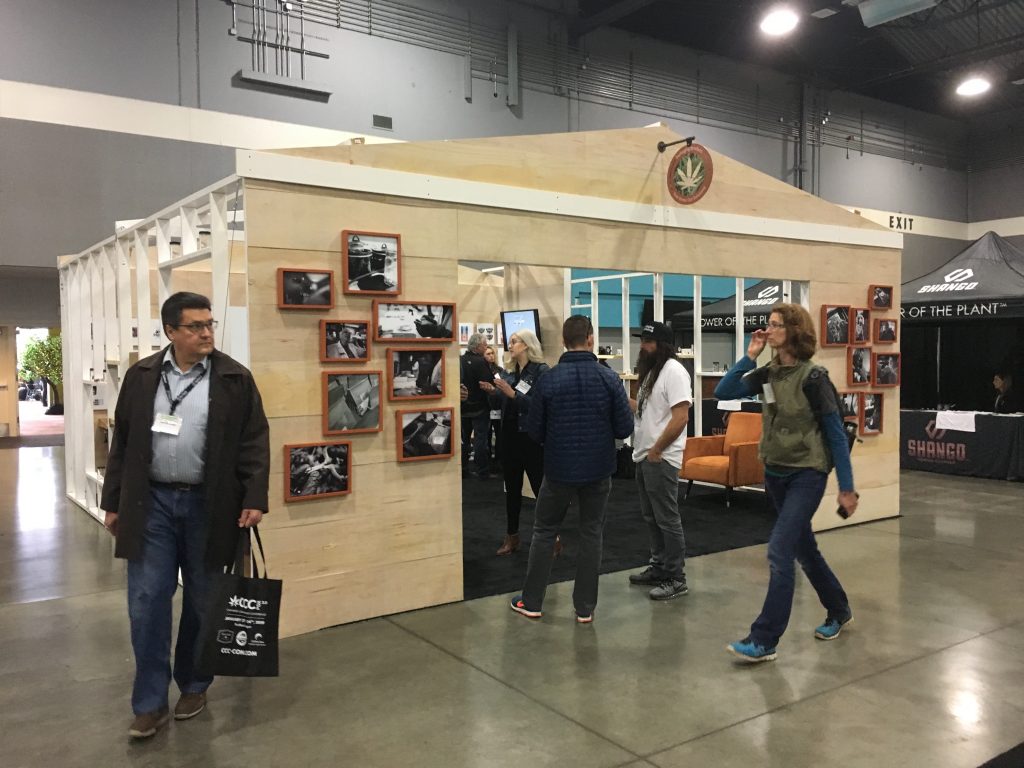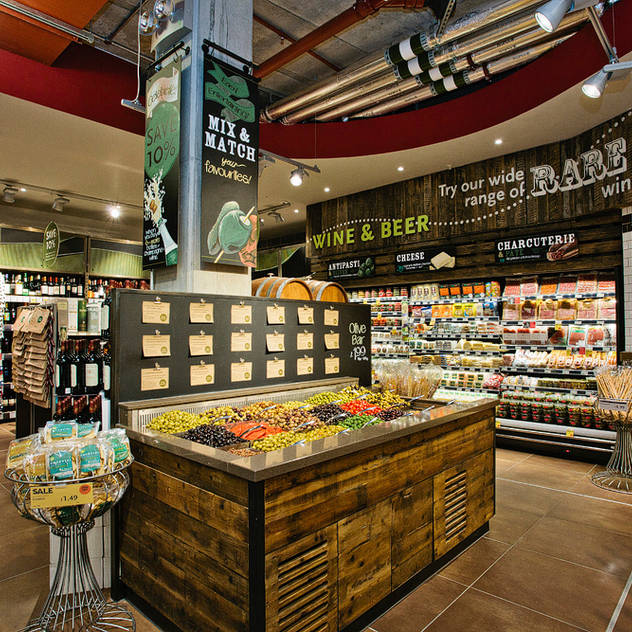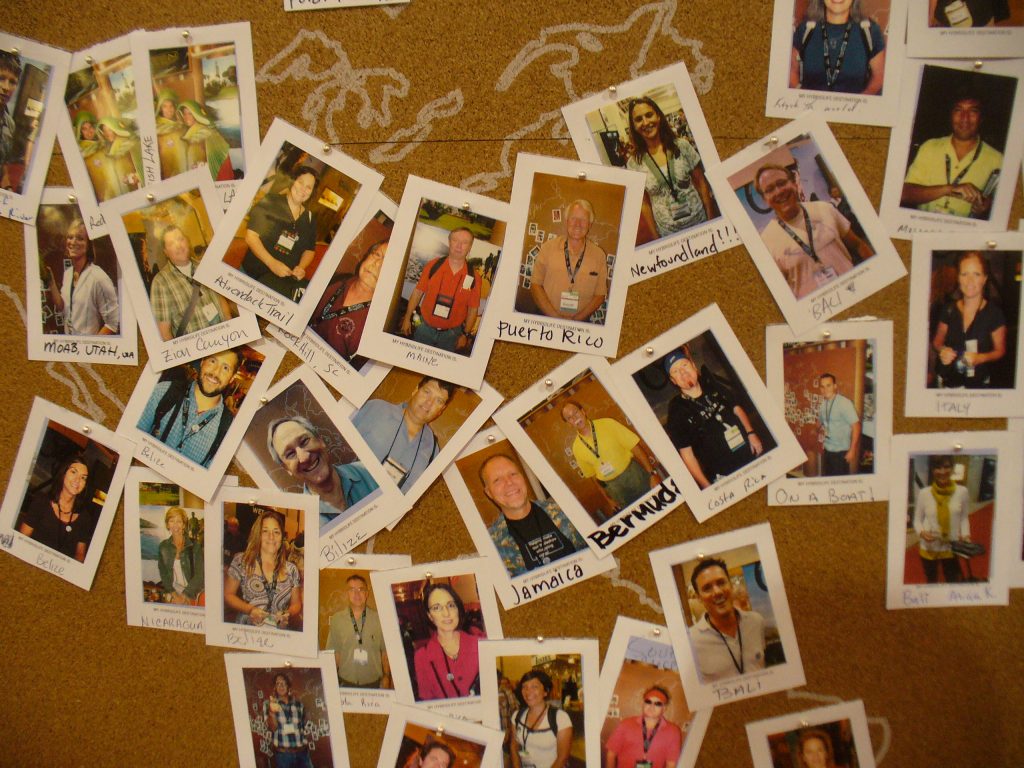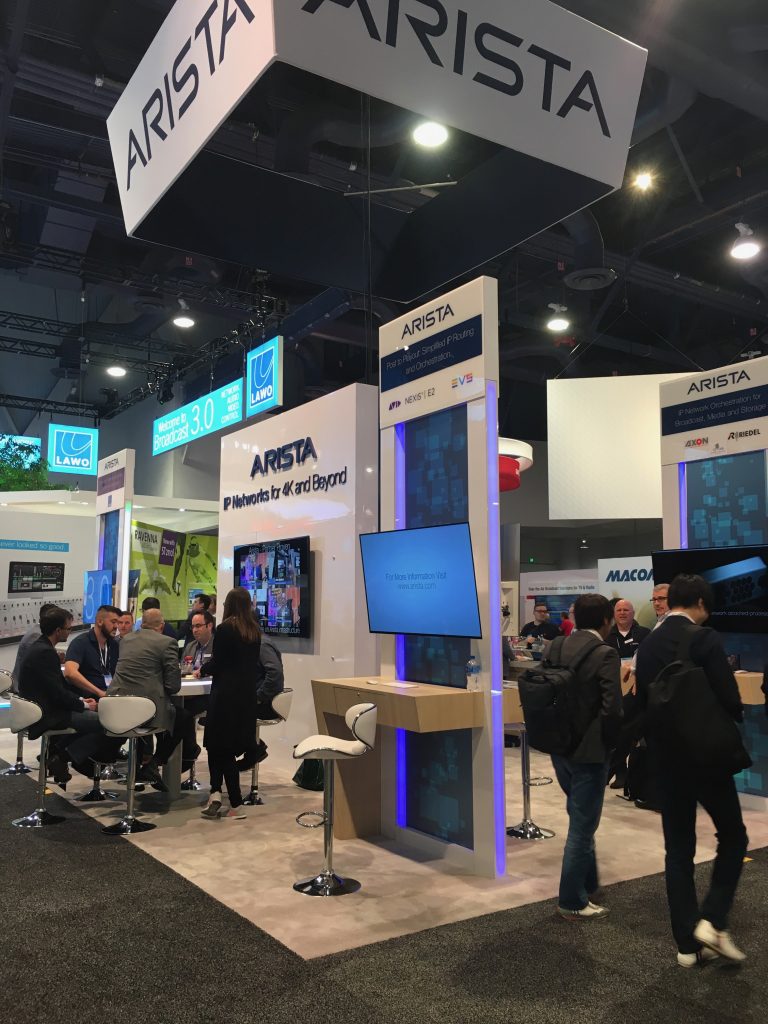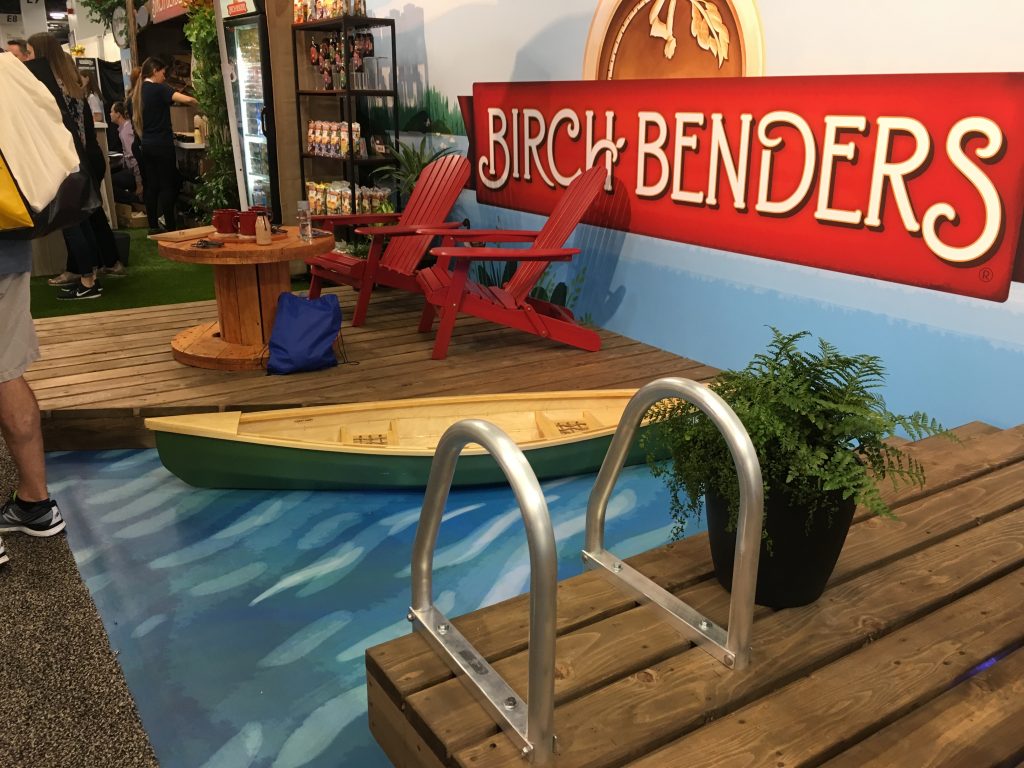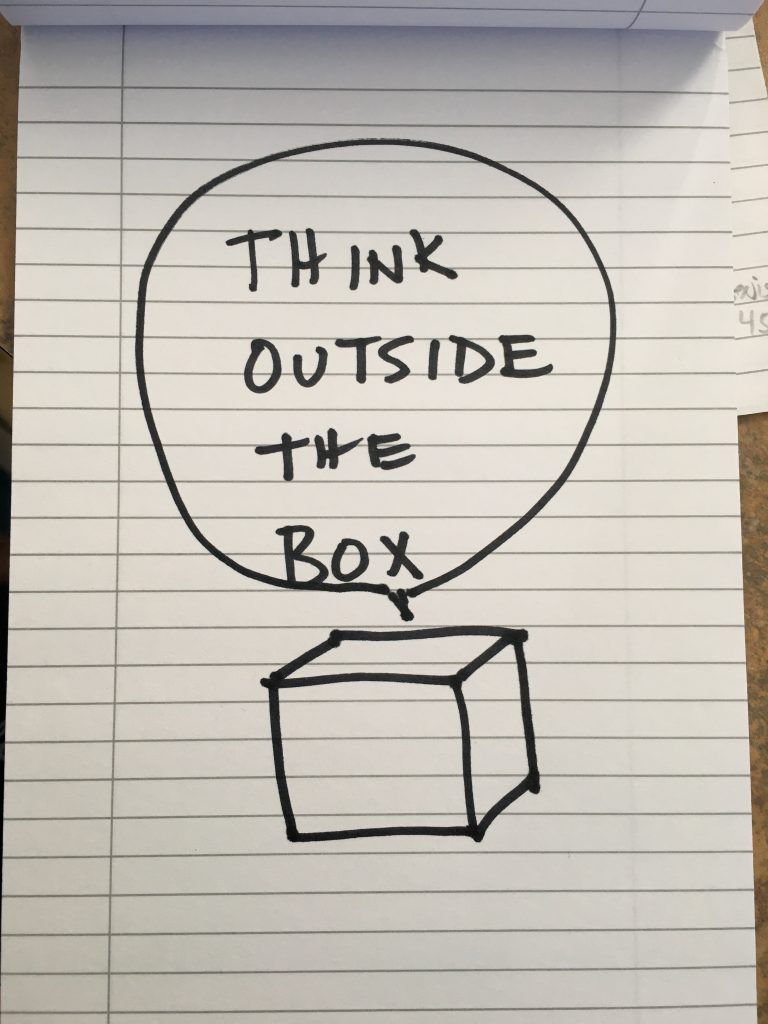9 Things All First Time Event Promoters Wish They Did Before Their First Exhibition
This is a guest post by Ben Llewellyn of Ultimate Banners.
There’s no shortage of benefits that come with attending an exhibition, which is why it is something that a lot of event promoters and businesses do. However, that’s not to say that a successful exhibition is guaranteed without a level of planning and hard work. There are certain things that everyone should do before attending an exhibition, many of which first time event promoters don’t realise.
Things Everyone Should Do Before Their First Exhibition
There’s a lot to think about before attending your first exhibition, which can make the entire lead up stressful. It’s never a case of turning up and hoping for the best because organizing and planning is key. Here are ten things everyone should do before going to their first industry exhibition.
1. Invest in Branded Freebies – A lot of businesses make the mistake of trying to keep the cost of attending an exhibition as low as possible and though this does make sense, it is often beneficial to spend a little. After all, spending a little can often lead to you making more in the long run. Investing in branded freebies is a great way to impress potential customers and it reflects well on the business as a whole, as branded freebies are usually associated with successful brands. Giving someone a branded freebie, such as a pen or portable charger, is also an effective way to boost brand awareness. Once the event has finished, people are still going to remember who you are and the business name will be seen by more people.
2. Set Clear Goals – Before attending any exhibition, you should be sure on what your business goals are for the day. Think about whether you are aiming to sell a product, whether you are hoping to network with other businesses or whether you are simply trying to get the brand name out there. This is especially important before attending your first exhibition, as the entire day is likely to be busy and having a plan can keep you organized and on task. Make sure that your goals are realistic and that everyone is working towards the same thing.
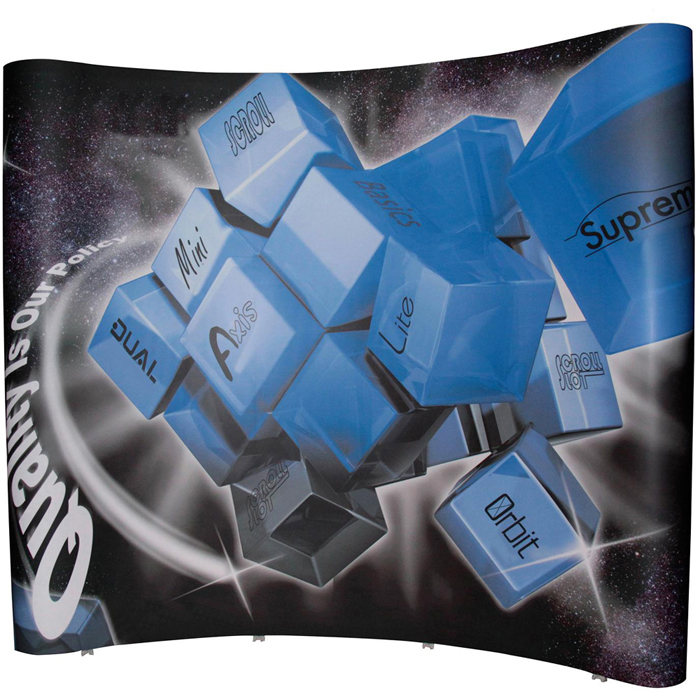
3. Research Competitors – It’s hugely important to stand out at an exhibition, but this can be difficult when you have an abundance of competitors to contend with. Looking at competitors and seeing what they are doing is a good way to find out what works, what doesn’t and what you could do differently. Though you will want to stand out and should avoid copying them, you should always work to industry standards and showcase yourself in a similar way. If you are new to a specific industry, researching competitors is a great way to know what’s expected of you.
4. Prepare and Plan Their Exhibition Space – Attending an exhibition can be stressful, especially when you are doing so for the first time. However, planning ahead can help massively. Consider what you will need for your exhibition space and allow adequate time to source everything before the big day. You will also want to make sure you have reserved the space, allowed enough time to set everything up and have advertising materials printed ahead of time.
5. Design Fantastic Artwork – With so many competitors at an exhibition, it’s important that you make a statement and stand out. There are a few different ways to do this, but starting with designing fantastic artwork is key. It’s important for banners and advertising materials to stand out from the rest, which is why standard or generic banner artwork isn’t good enough. There’s a lot of help out there and pull up banners ten signs they are working | ultimatebanners.co has a lot of advice on creating designs that work. Artwork should grab attention, create intrigue and provide information.
6. Allow Enough Time for Banner Printing – The turnaround for banner printed is extremely quick, which means that last minute orders aren’t usually a problem. However, it’s always best to avoid leaving it to the last minute if possible. When you leave banner printing to the last minute, you’re not leaving any room for error or delays. This could mean that you are left without the banner needed for an exhibition and no way to solve the problem. Reduce the stress of your banner printing by organising everything the moment you have the artwork. It’s better to be ready too early, than too late.
7. Spread the Word About Attendance – Once you know that you are attending an exhibition and have confirmed everything, spread the word and let everyone know. You could have existing customers attending the same event, in which case they can look out for you. There could be people there who have heard about the business and want to know more, in which case an exhibition is a great opportunity for them to do so. It’s also helpful for other businesses to know that you will be there, as they may be interested in networking.
8. Think About First Impressions – There is no doubt going to be a lot of people attending any exhibition, so it’s important to think about first impressions before going as making a good first impression is key. This includes ensuring that your display looks great, that staff know what to say to passersby and that you are ready to answer any complicated questions. You should aim to appear friendly, professional and knowledgeable about the industry. Though an individual may not take you up on a service or product then and there, you will want them to have a position opinion of you for future reference.
9. Get Staff On Board – A lot of hard work and energy goes into attending an exhibition, which is why getting other staff members on board is key. Not only does this allow for work to be delegated, but it reduces stress throughout the day. Rather than one or two people attempting to do everything, a large team provides more free time for networking and building a relationship with potential customers.

Ben Llewellyn is co-founder of Ultimate Banners in Birmingham (United Kingdom). Ben loves cycling and everything tech. He works as a designer and developer working with clients in the exhibition advertising and digital services sector. Find Ben on LinkedIn.

